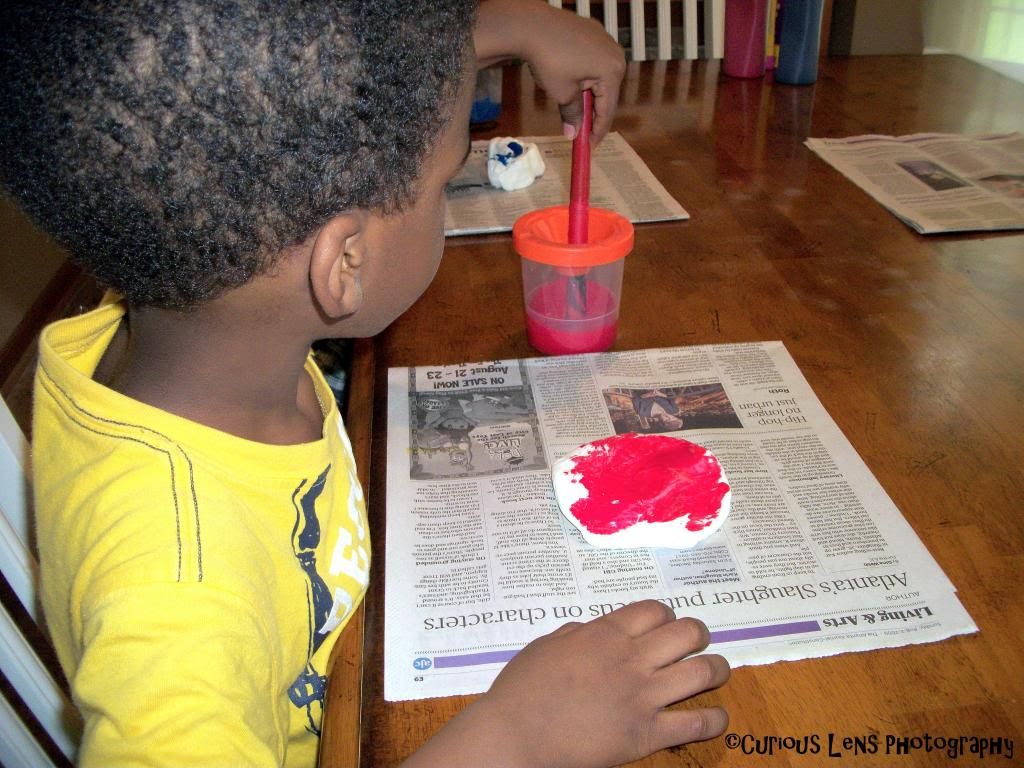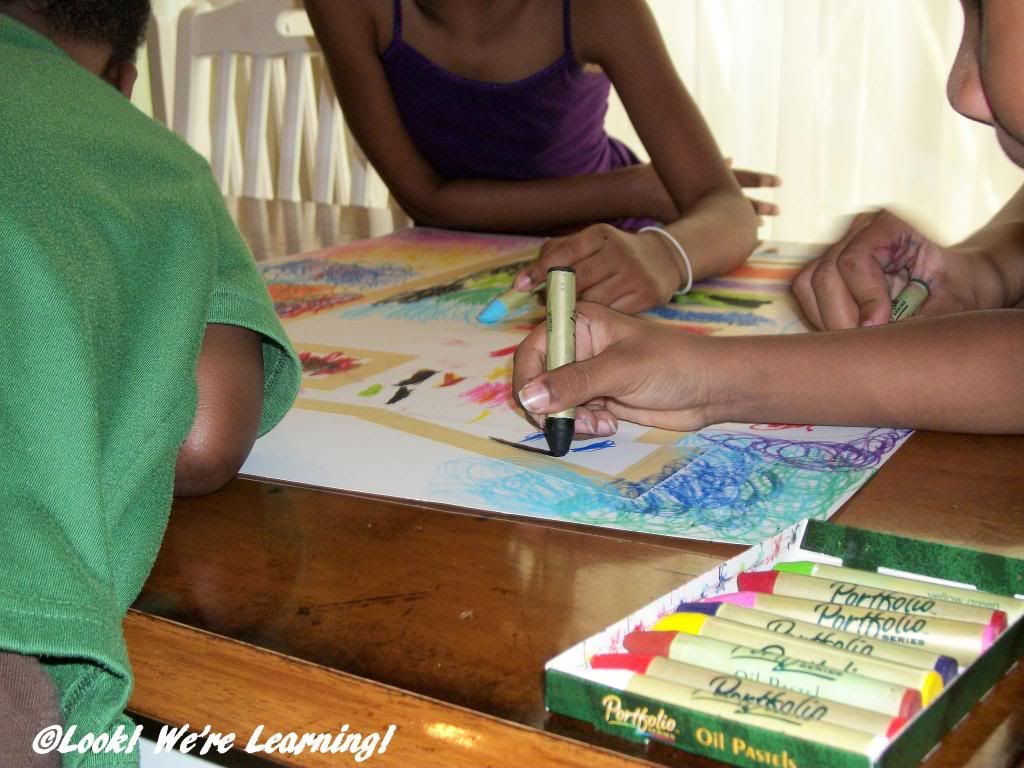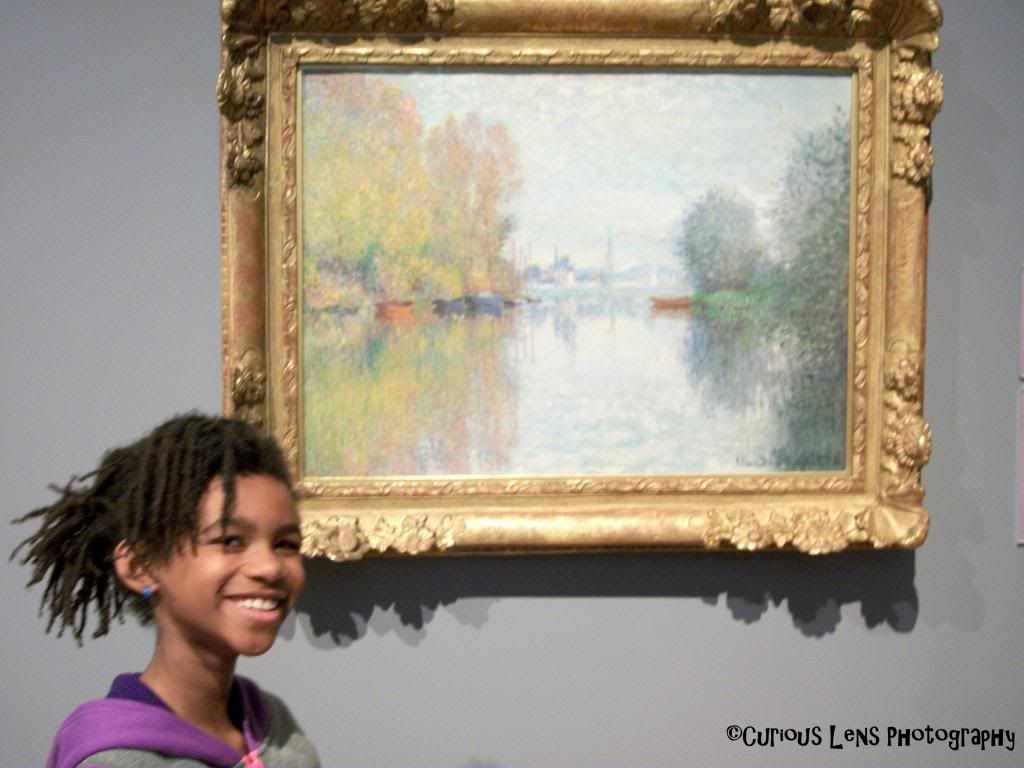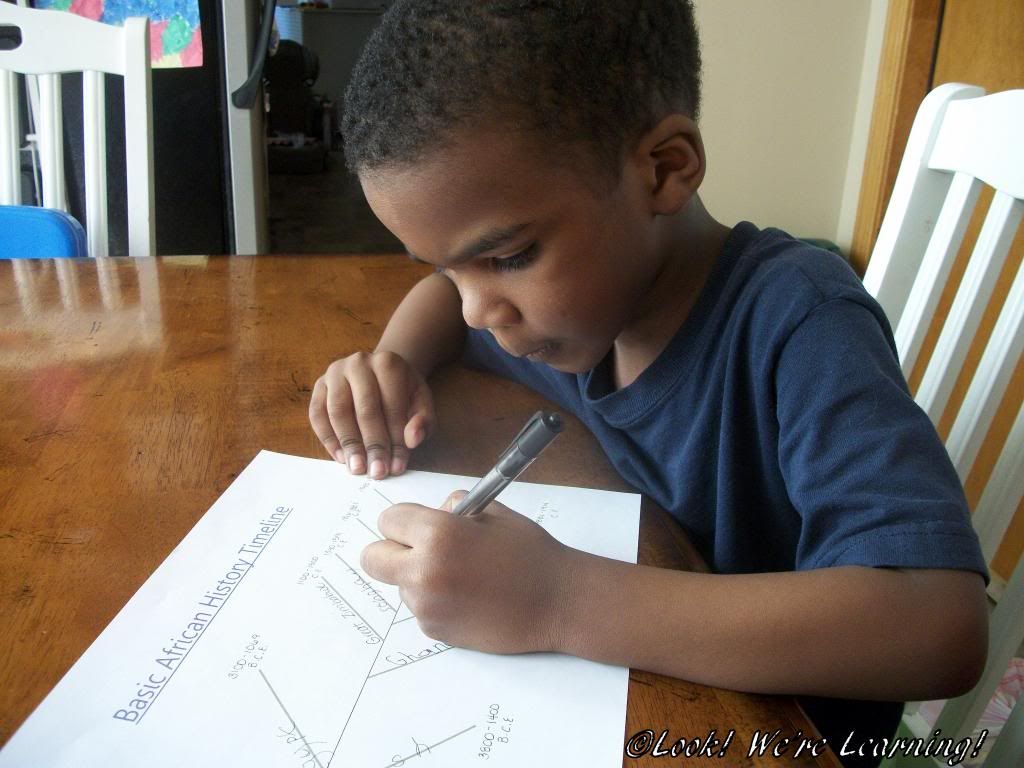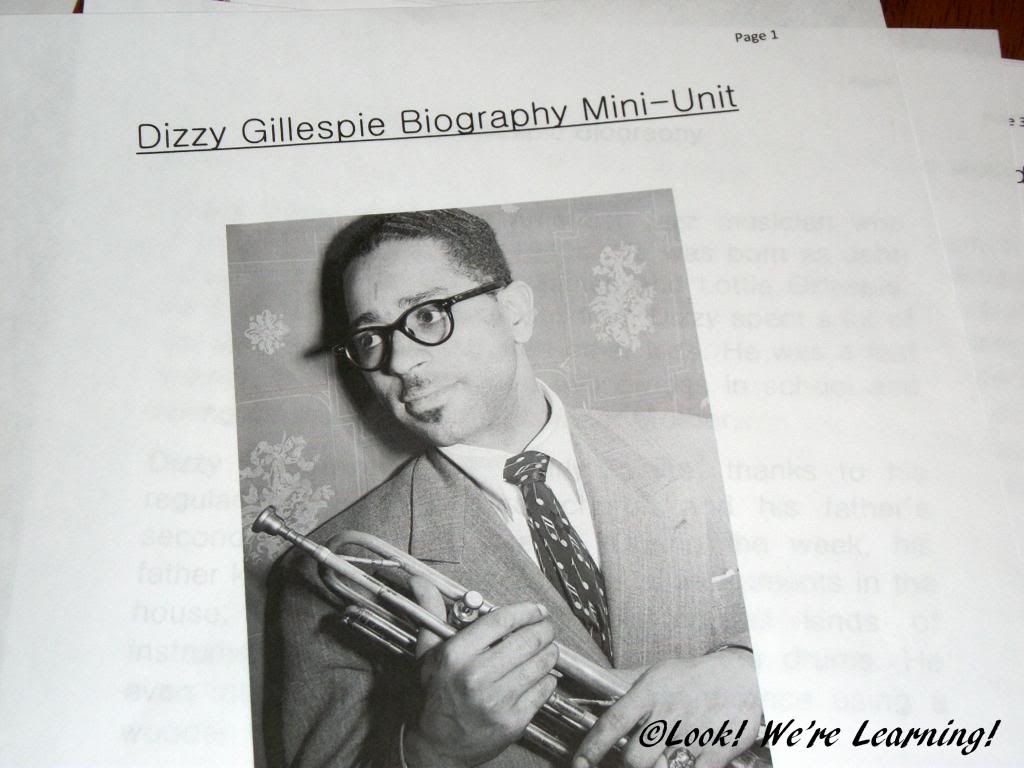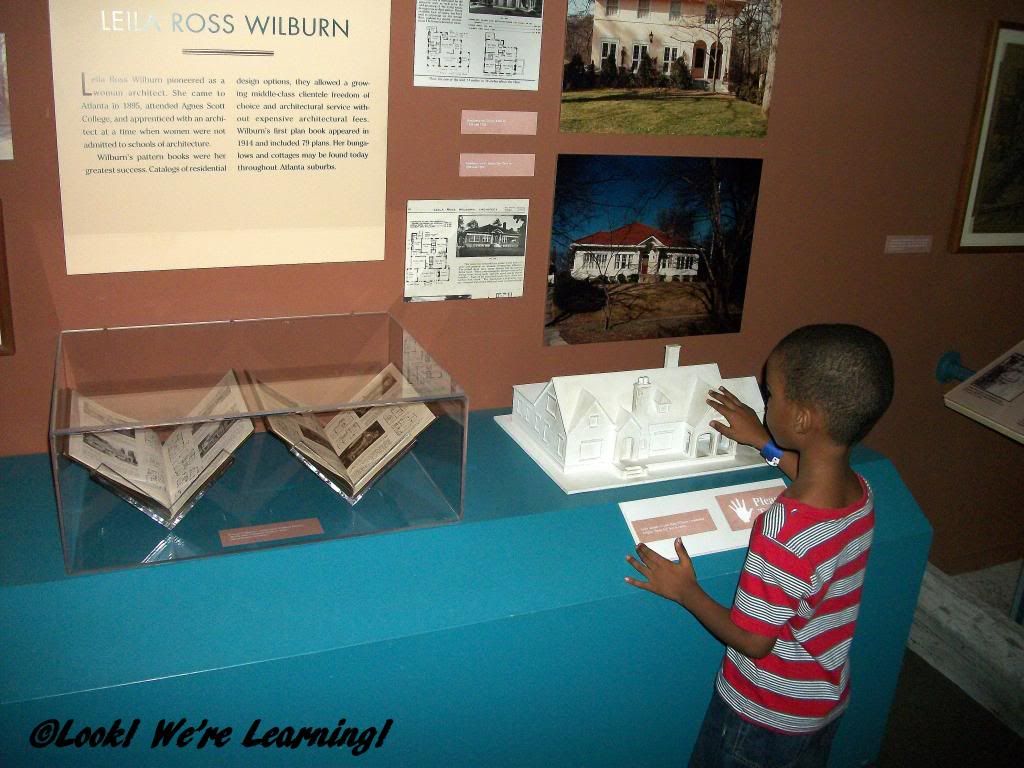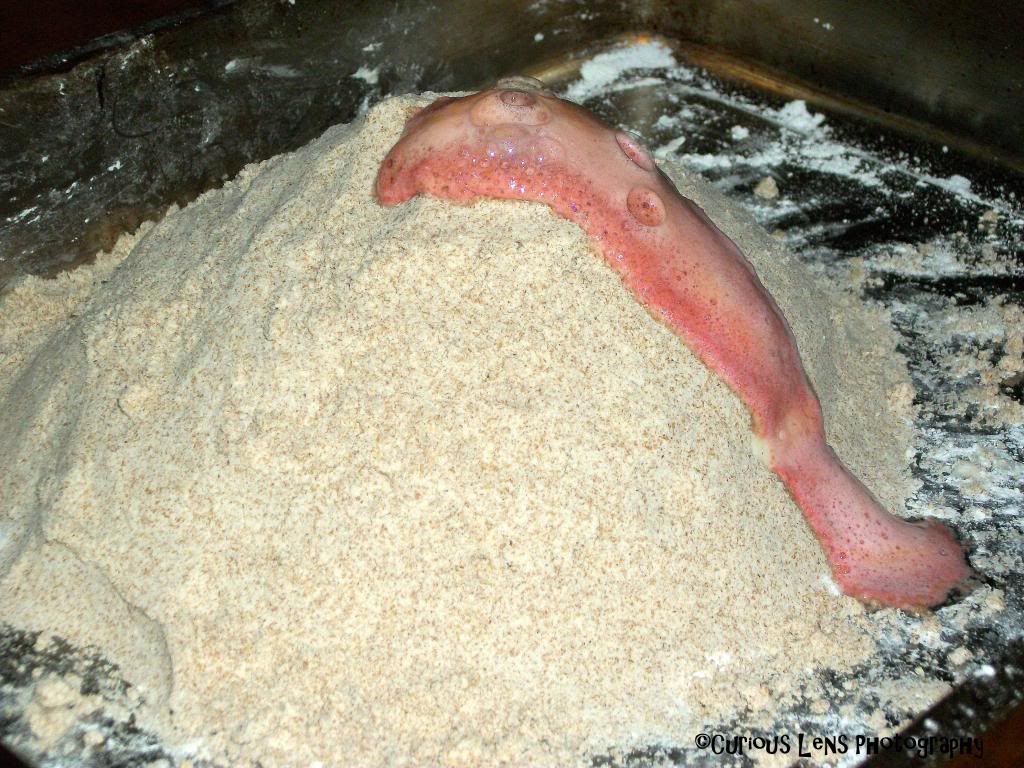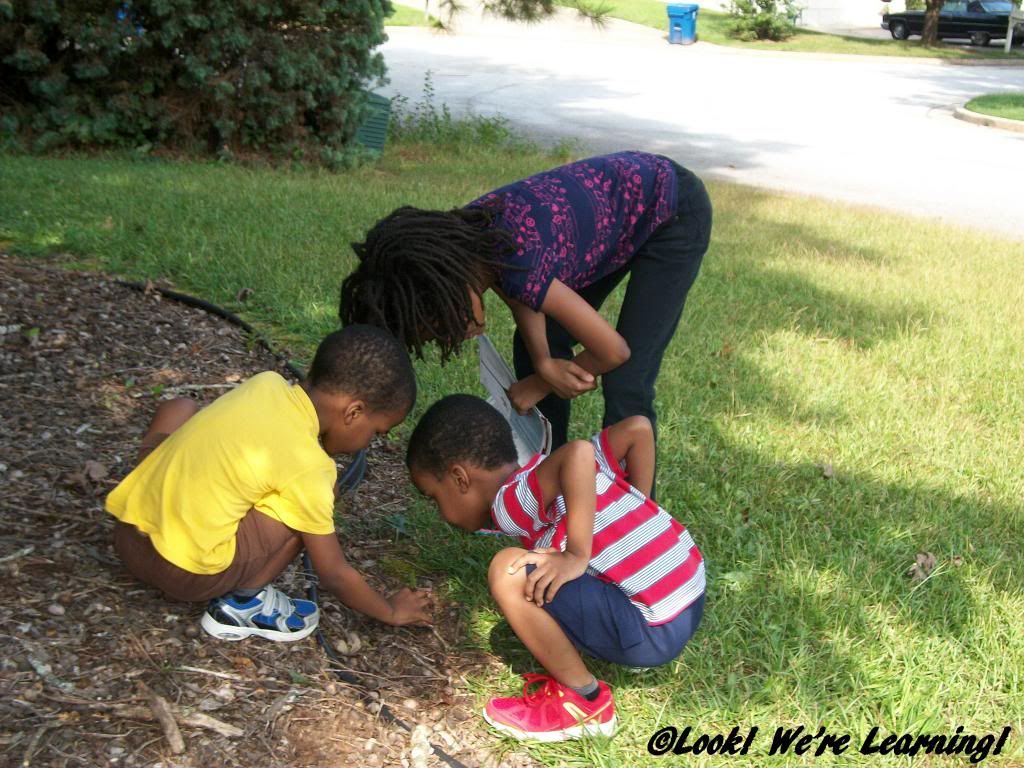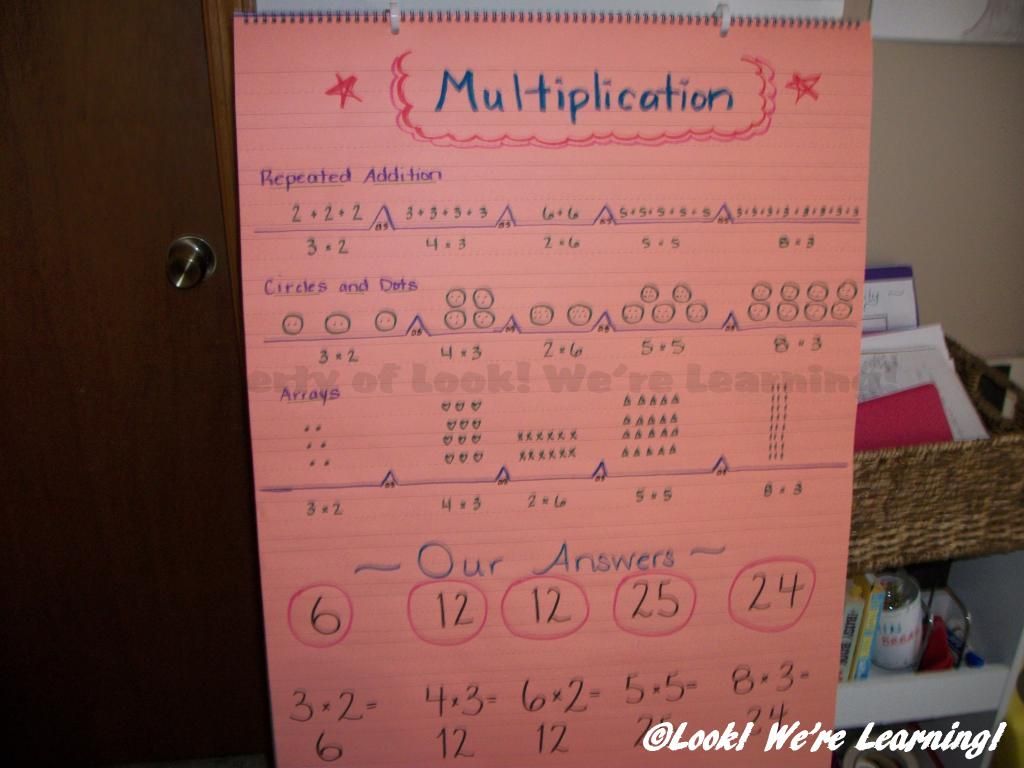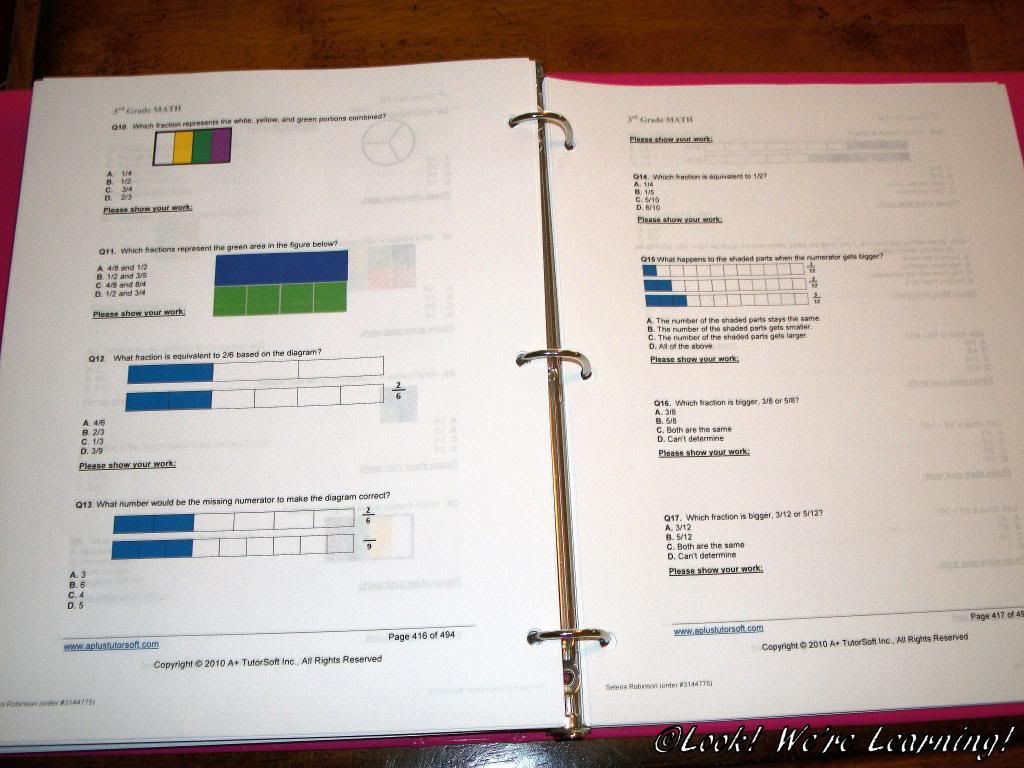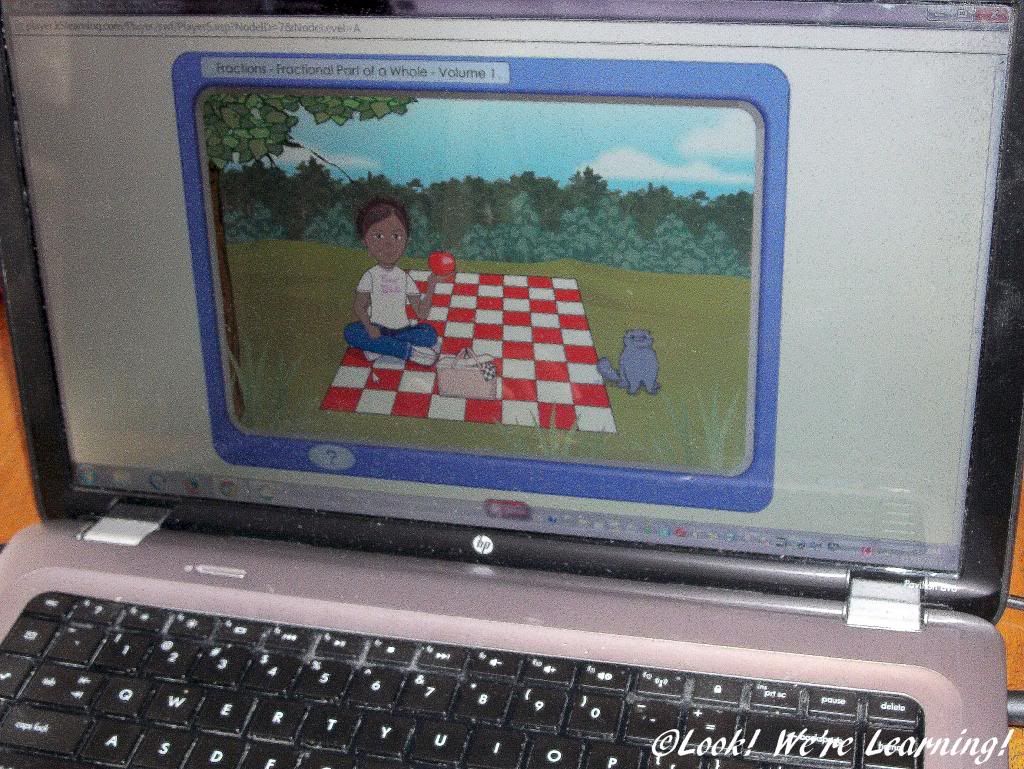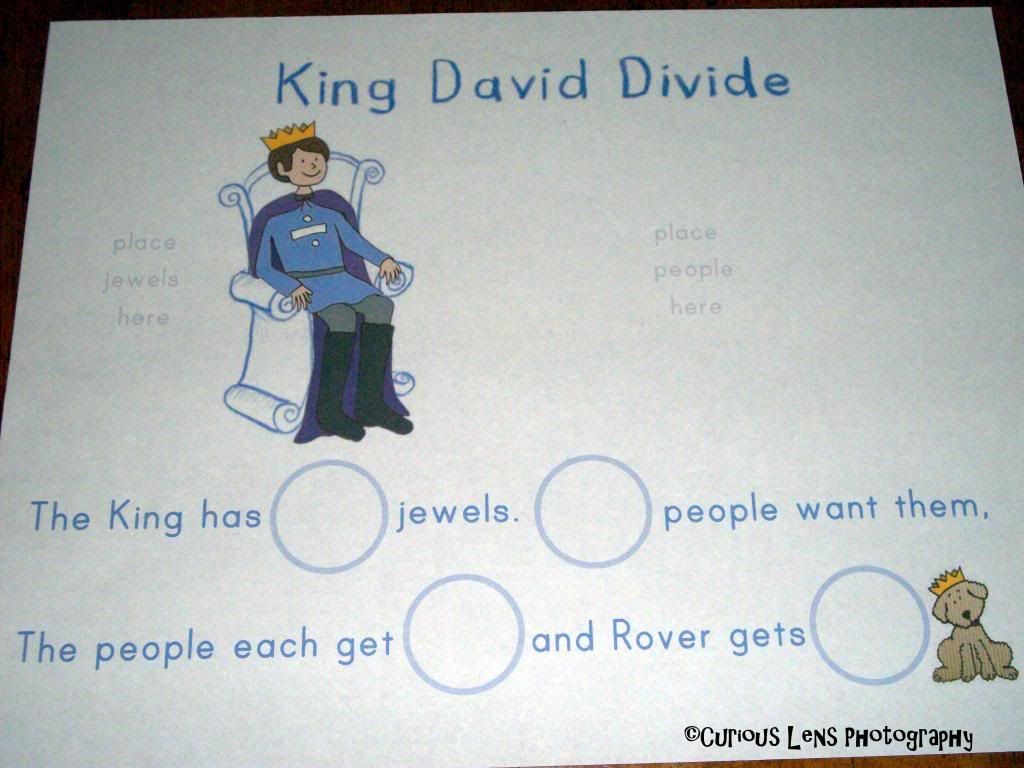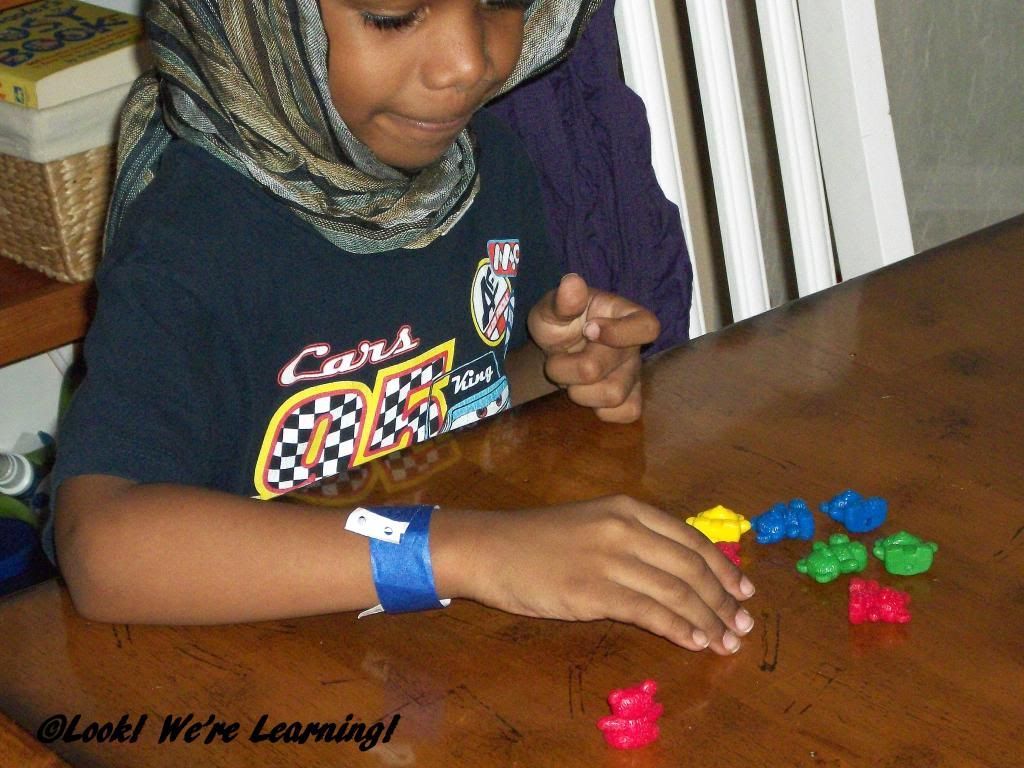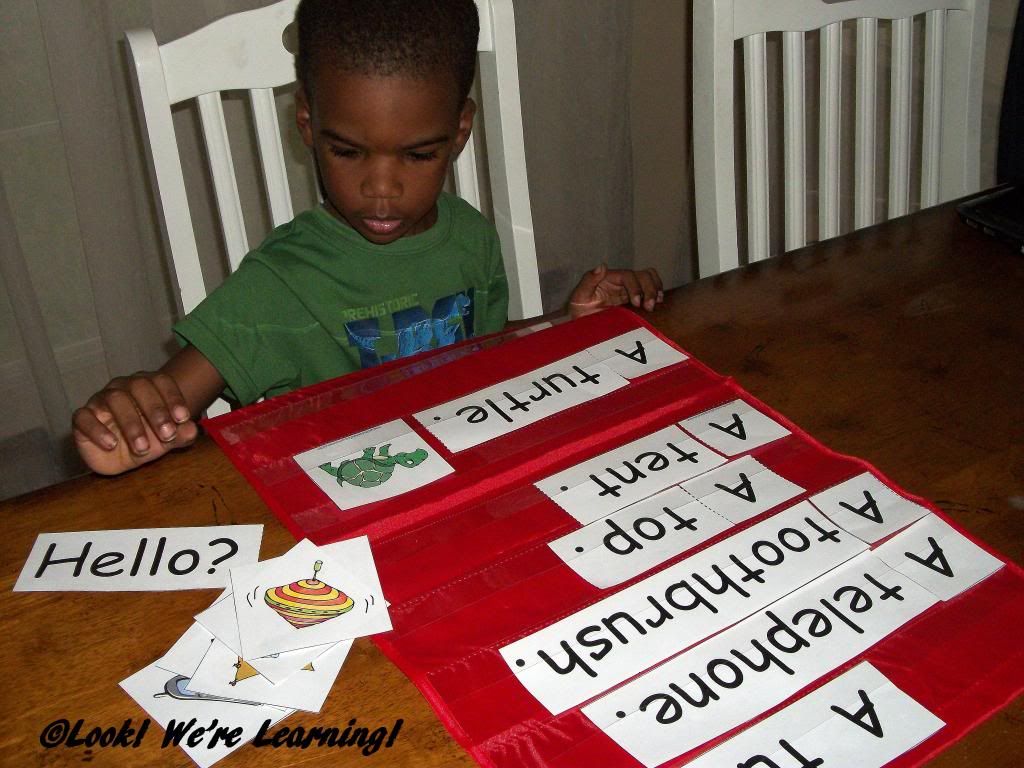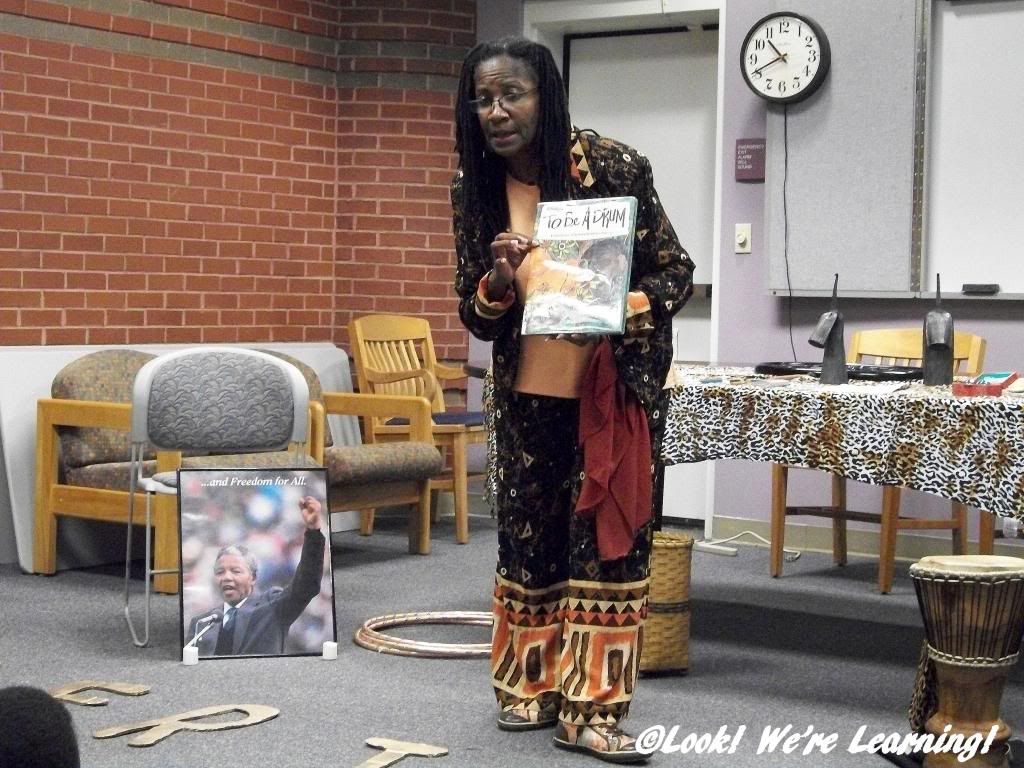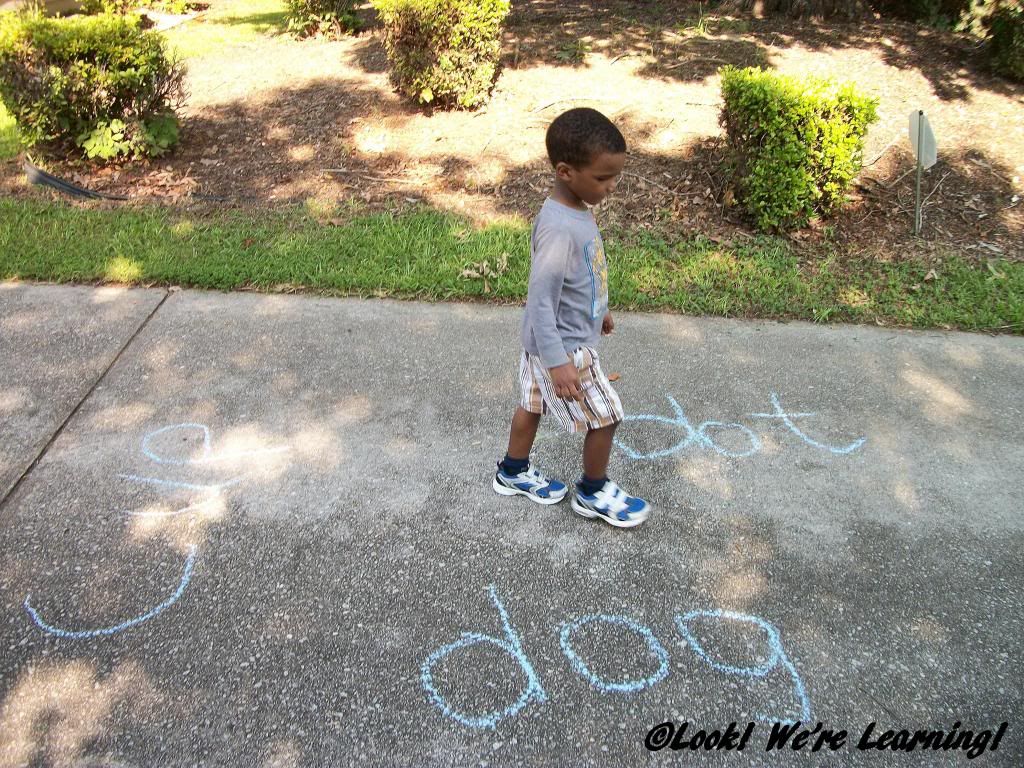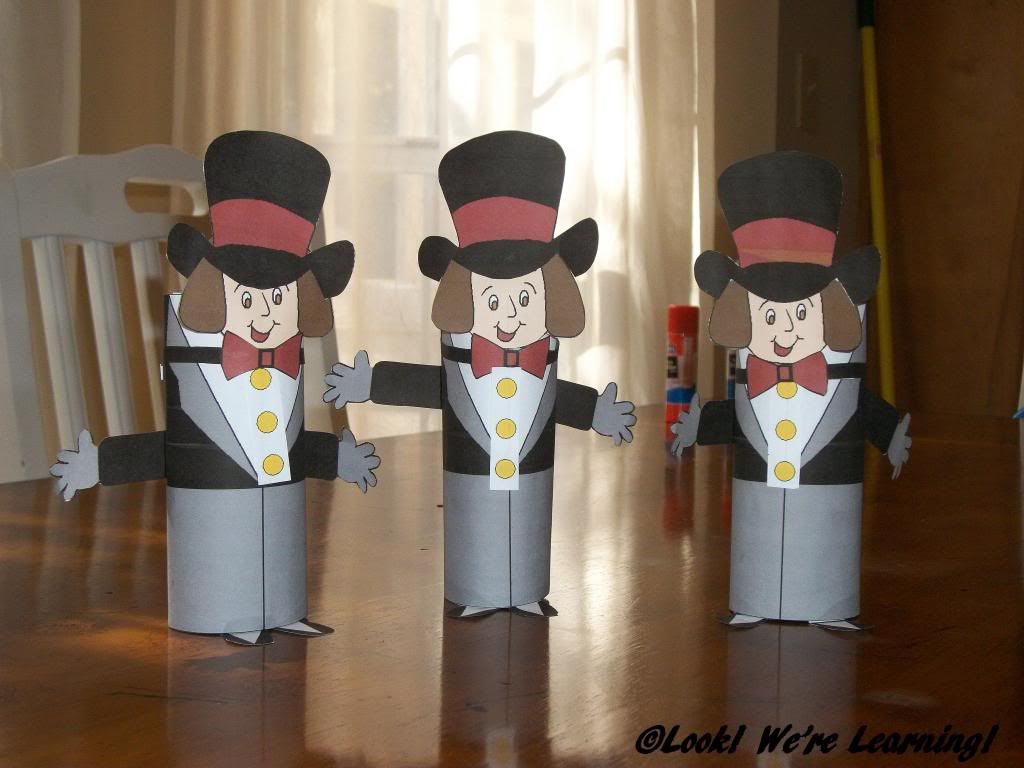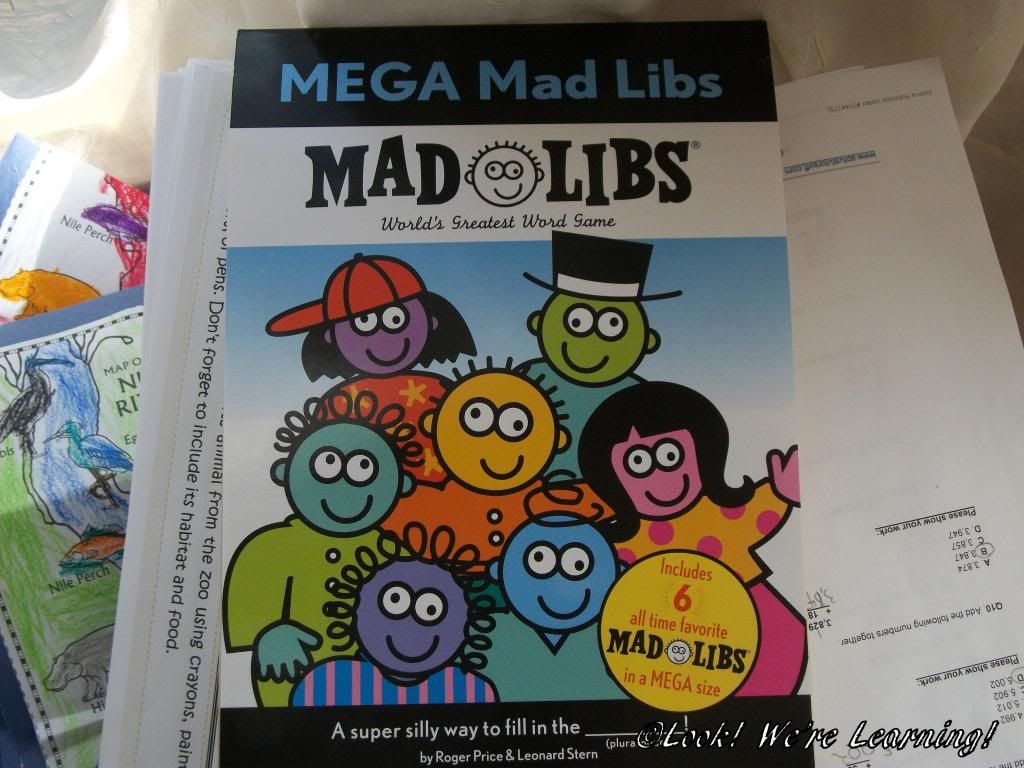Like a lot of people, I thought that my children with ADHD were just “not trying hard enough” or didn’t “want to” do their schoolwork. While that may have been true on occasion, it didn’t explain the frustration, tears, and occasional tantrums I saw during our homeschool lessons.
It also didn’t explain why Tigger’s schoolwork seemed to get worse when I had her sit down and study quietly. That one really puzzled me for a while. I just knew that if I could get her into a quiet place, she’d concentrate better and her work would improve.
Wrong. Totally wrong. But that was because I didn’t have any knowledge about how the ADHD brain works. Now, I’m in no way a doctor, but I have read some great information about what happens in the brain of someone with ADHD and I’ve learned how I can use that to help my kids learn better.

ADHD and Concentration
Here’s what’s so insidious about ADHD: The brain of a person who has ADHD tends to “switch off” during intense concentration. Naturally, the entire brain doesn’t shut down, but the communication between brain sections can go haywire, affecting executive function.
Executive function refers to our ability to begin tasks, focus on them, finish them, and manage our emotions throughout. Naturally, if our kids can’t organize their thoughts to get started or sustain focus long enough to finish an assignment, there are going to be tears during school time. And these symptoms get worse if the task is harder.
So, when I would tell Tigger to “sit down” and “focus”, her ability to concentrate actually decreased. I was sabotaging her and I didn’t even know it. And all because I simply didn’t understand how the ADHD brain works. Of course, when I started looking at her symptoms, I saw the very same things in myself. Go figure.
Optimizing the ADHD Brain for School
Instead of trying to work in a peaceful, sedentary environment, kids with ADHD literally NEED to move. During physical movement (or sometimes just afterward), their brains perform executive function duties in a much more efficient way. The movement doesn’t have to be vigorous or involve the whole body, either. Sometimes just small movements will do the trick.
That’s why you might see your child with ADHD tapping his or her foot, chewing on a pencil, or shifting in his or her seat so often. Their brains need the movement to concentrate. Hand fidgets and squeeze balls are excellent for this.
Along with physical movement and short lesson periods, kids also need to eat the right kind of foods for their brain. We’ll talk more about this in an upcoming post, but generally it’s best to stay away from processed foods and refined sugars. High protein and fiber is best for helping our brains to focus. And really, that goes for all of us, right? 😉
By the way, I’m collecting some ADHD Friendly Recipes that I’ll be trying with our family soon. Feel free to follow my ADHD Friendly Recipes board on Pinterest for ideas!

























